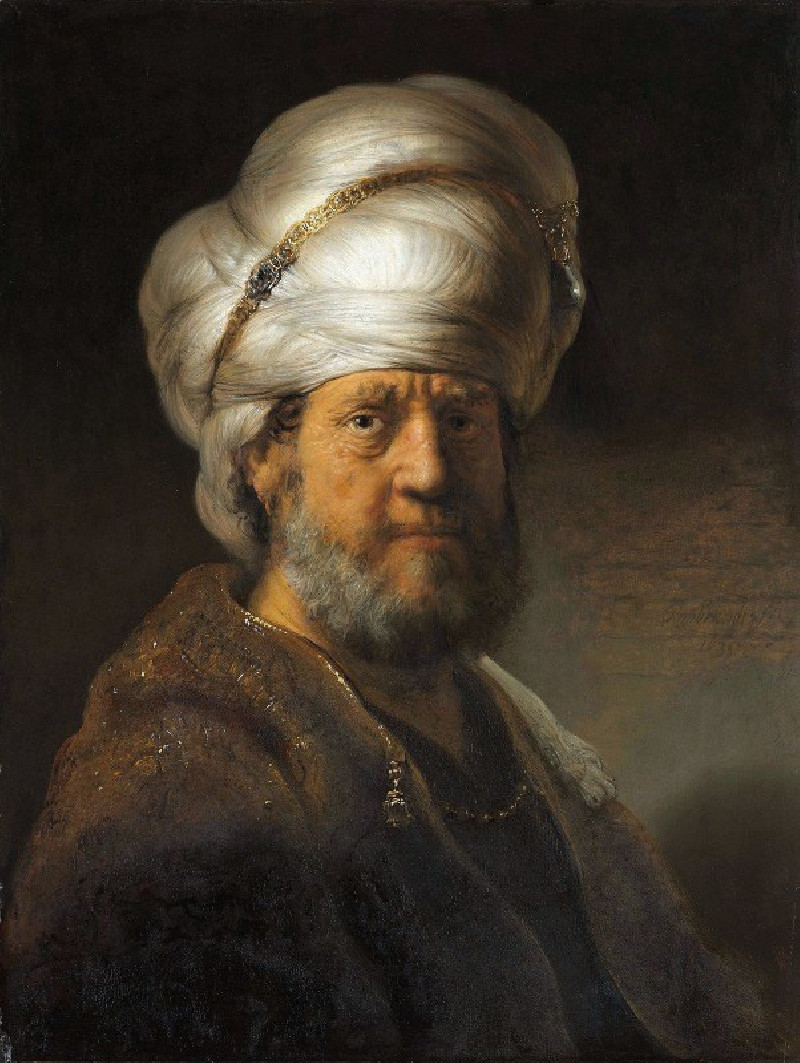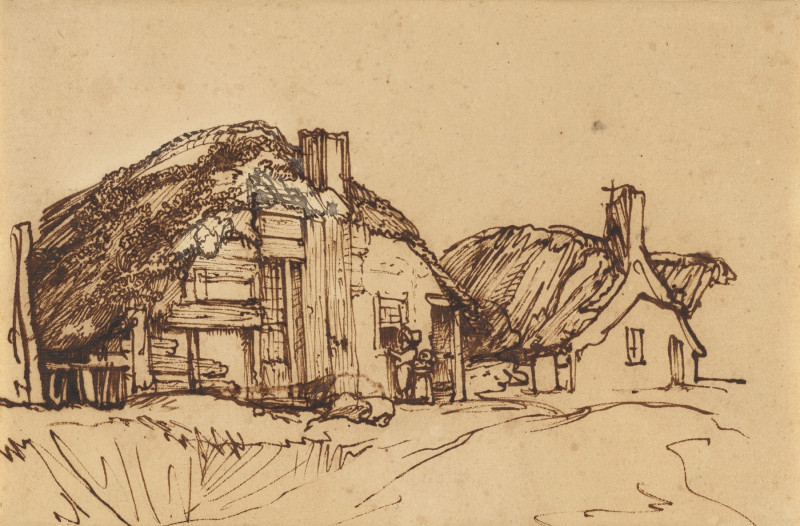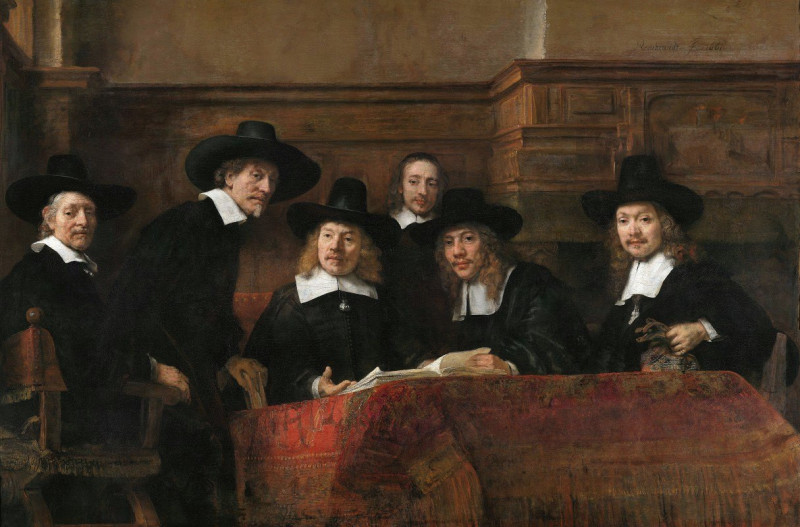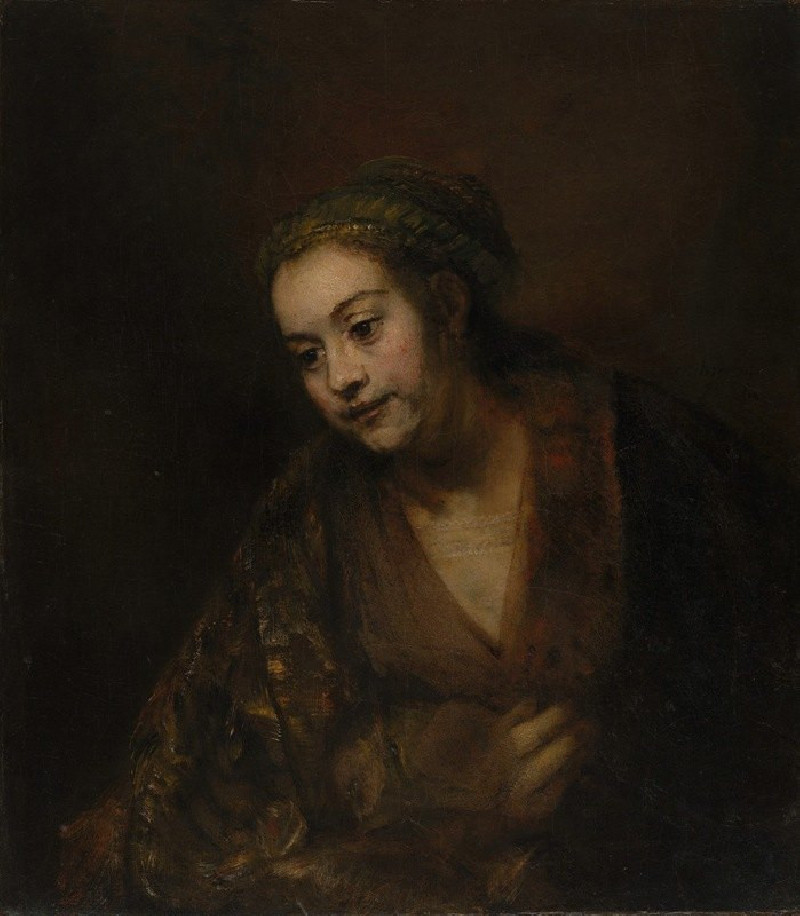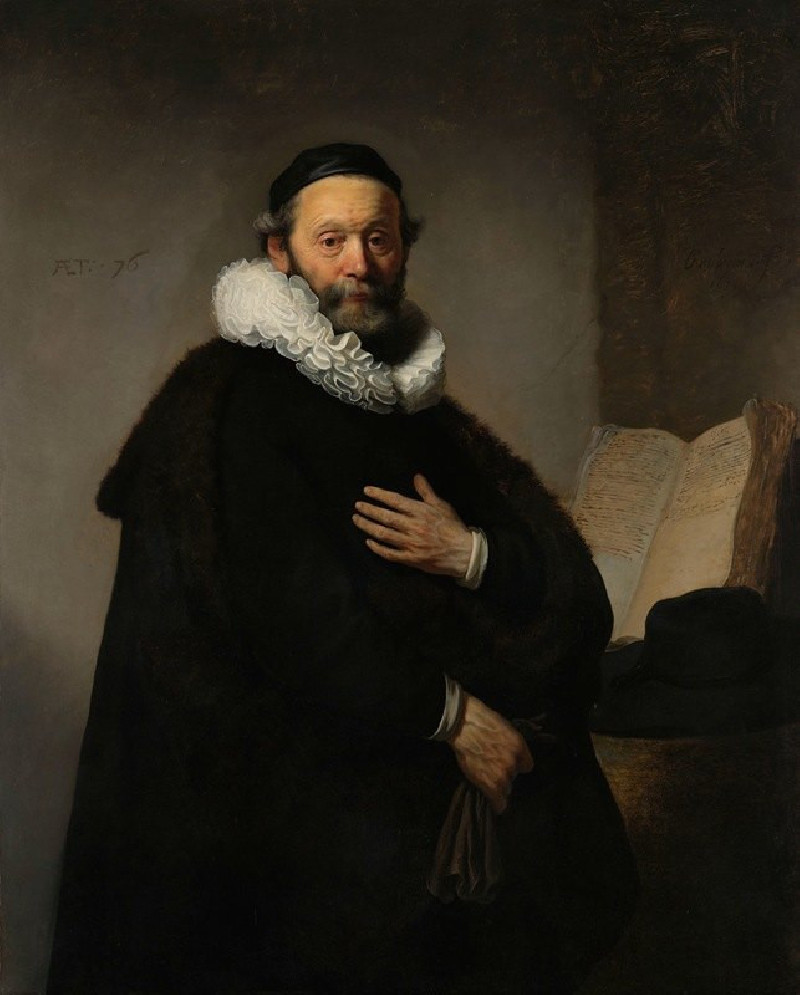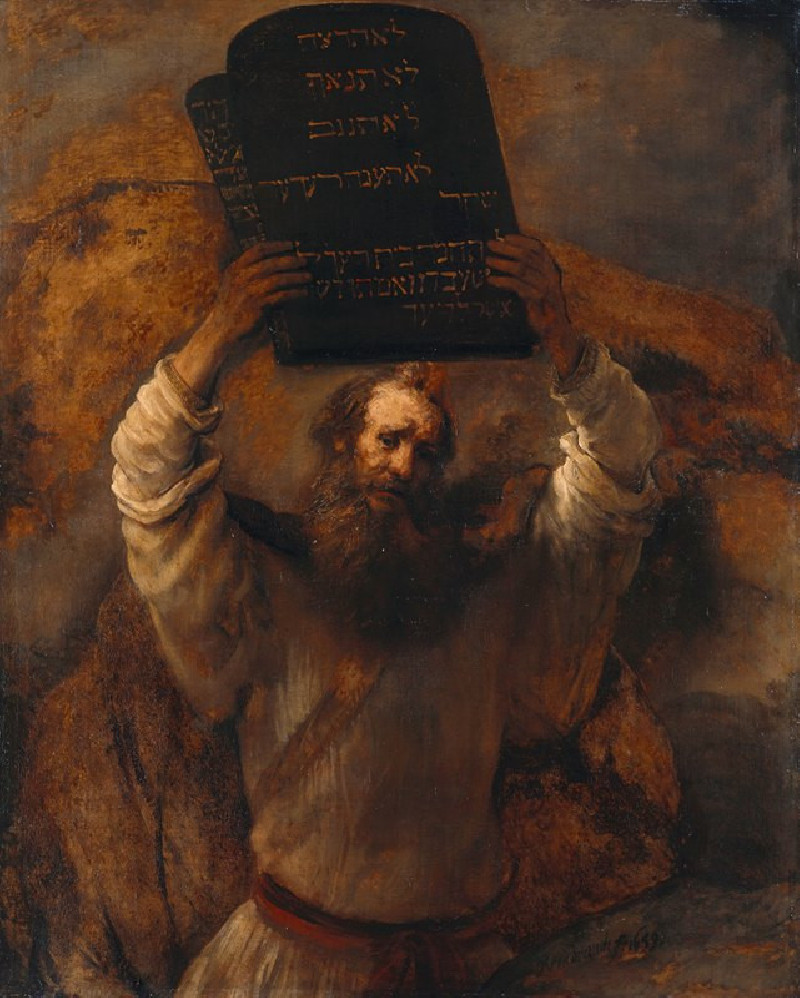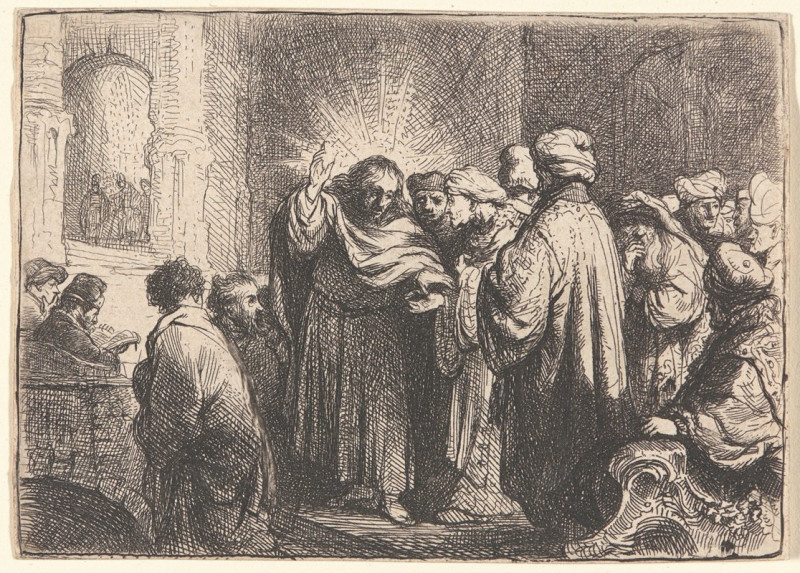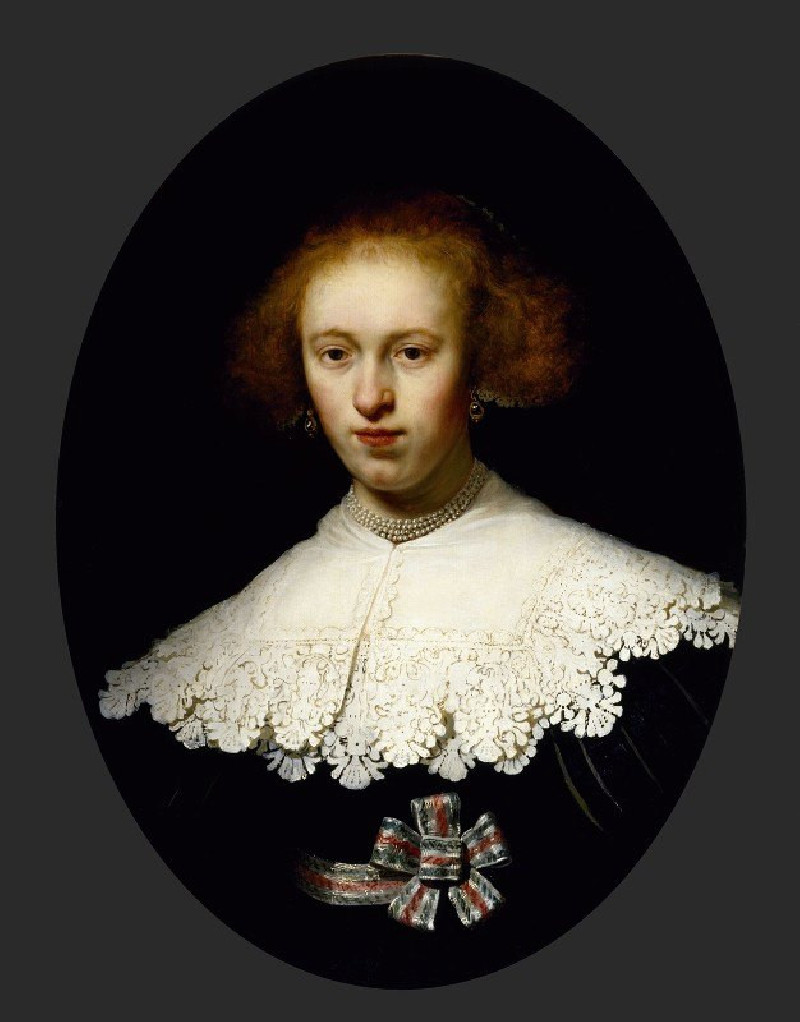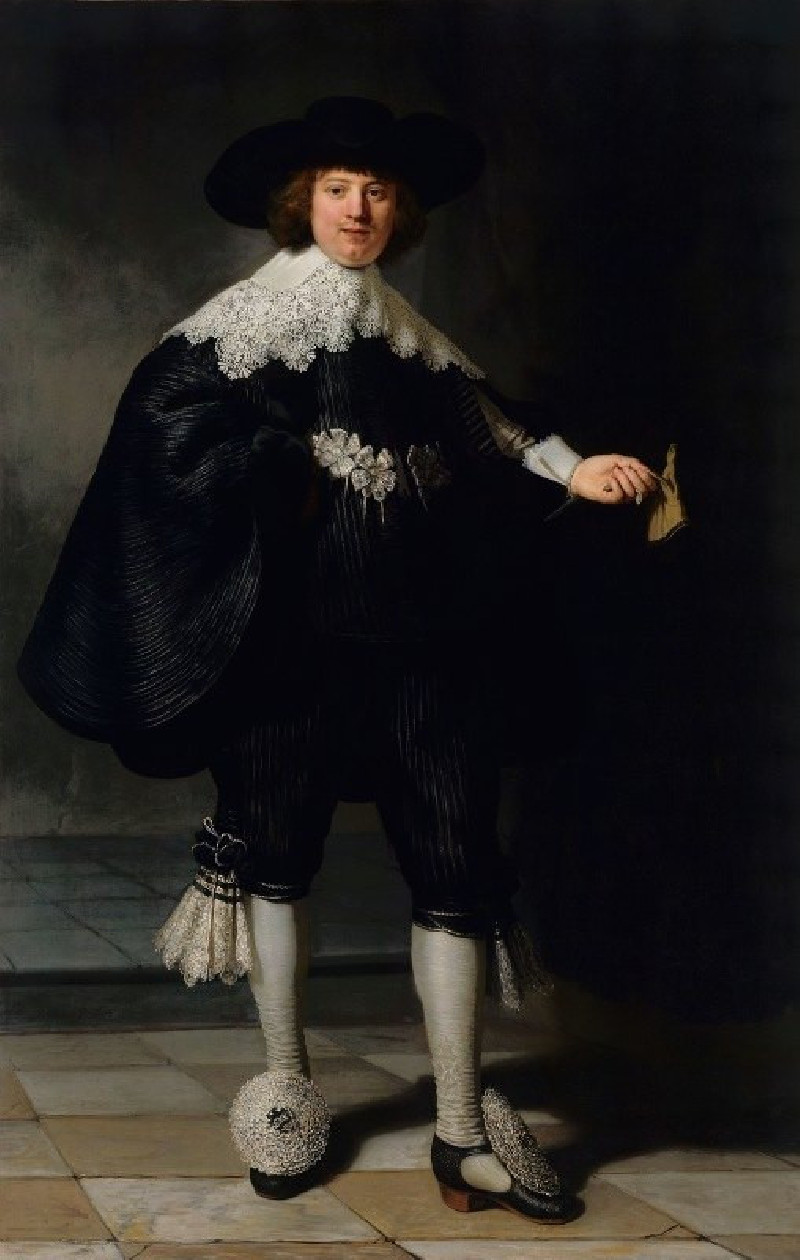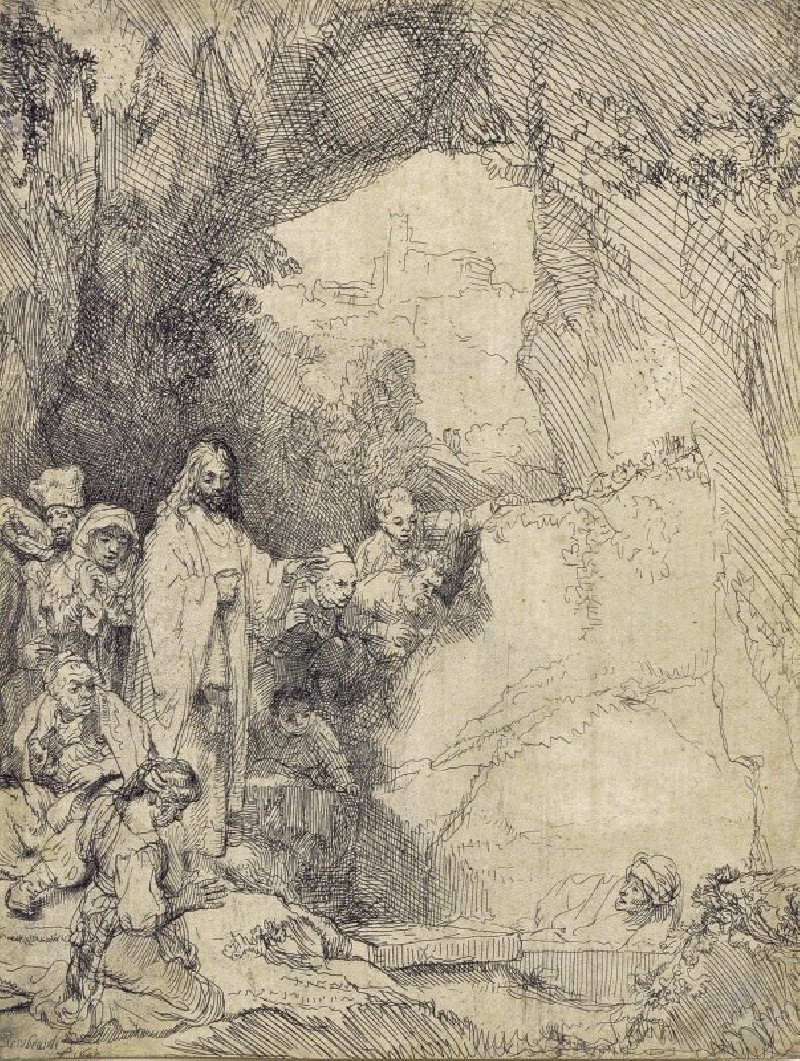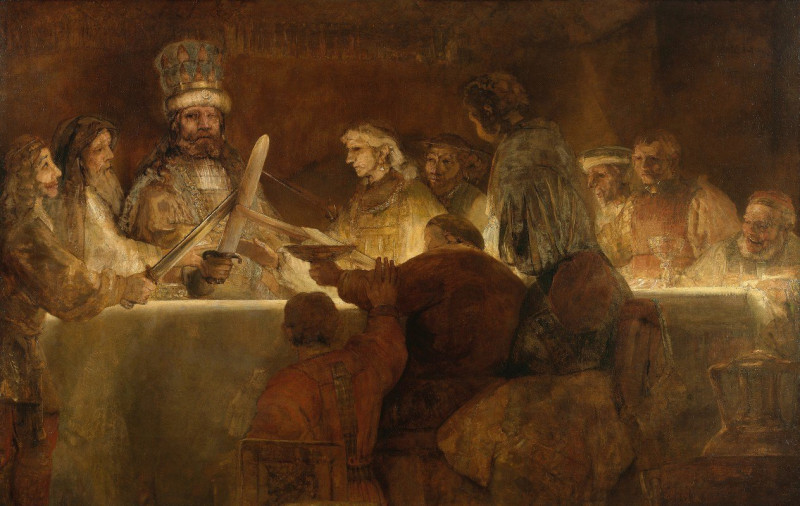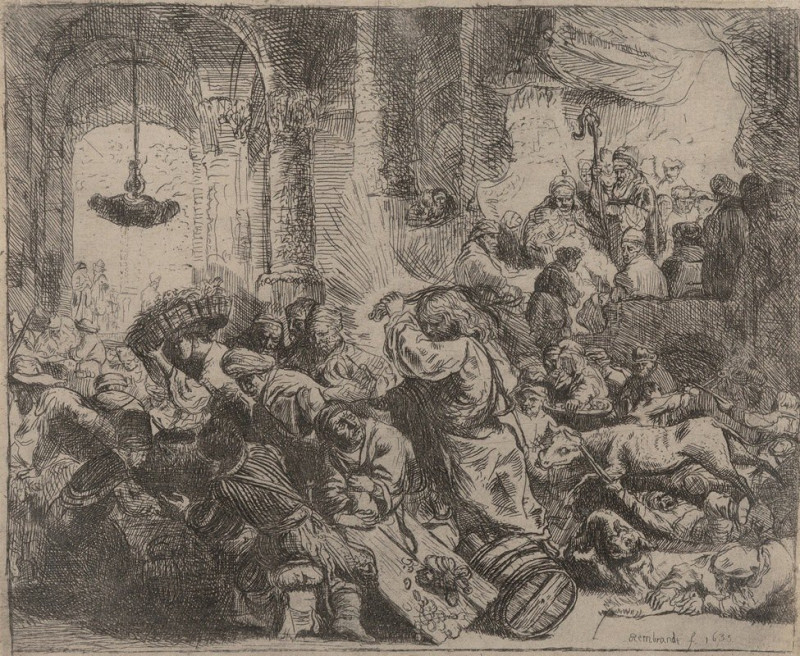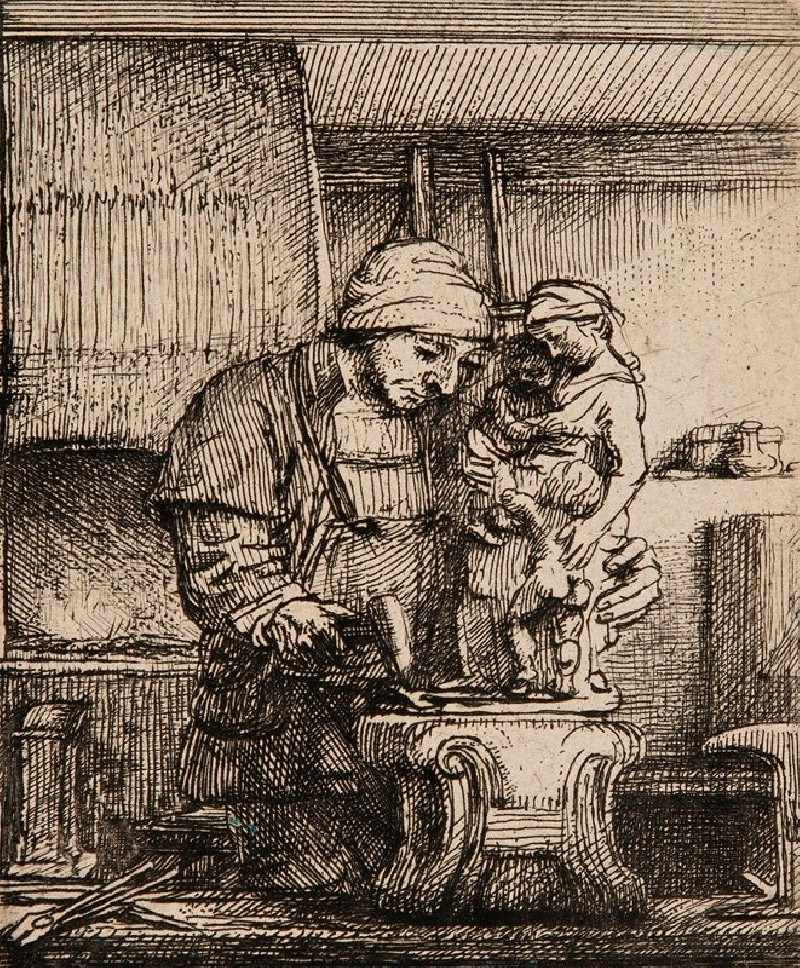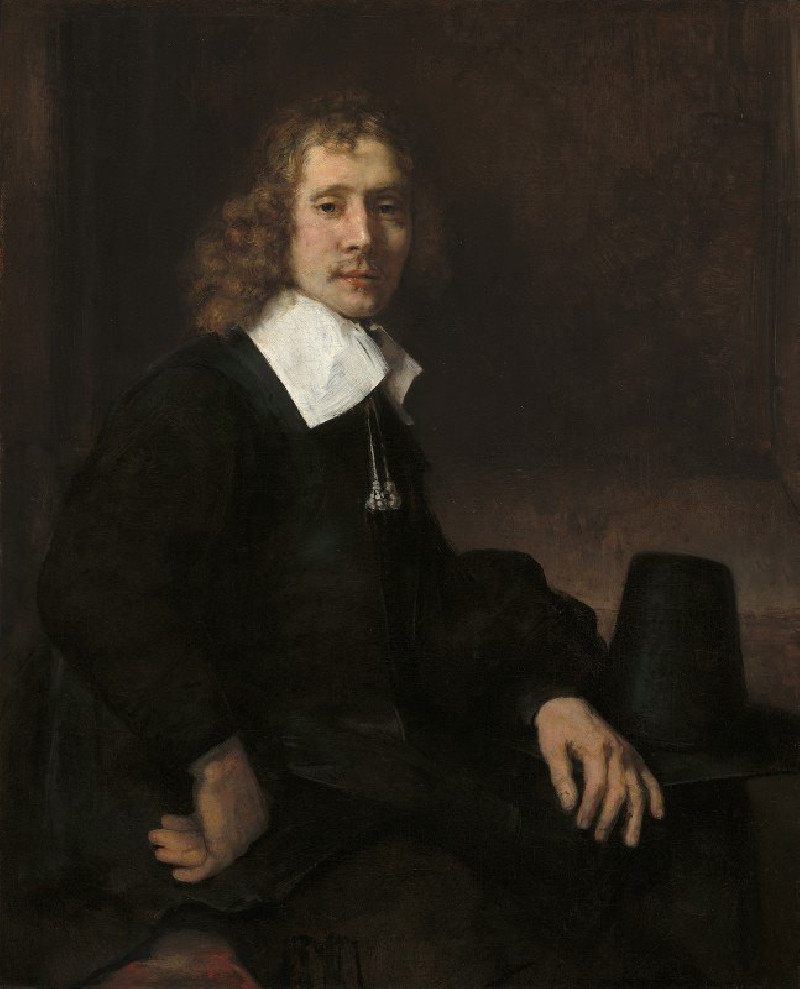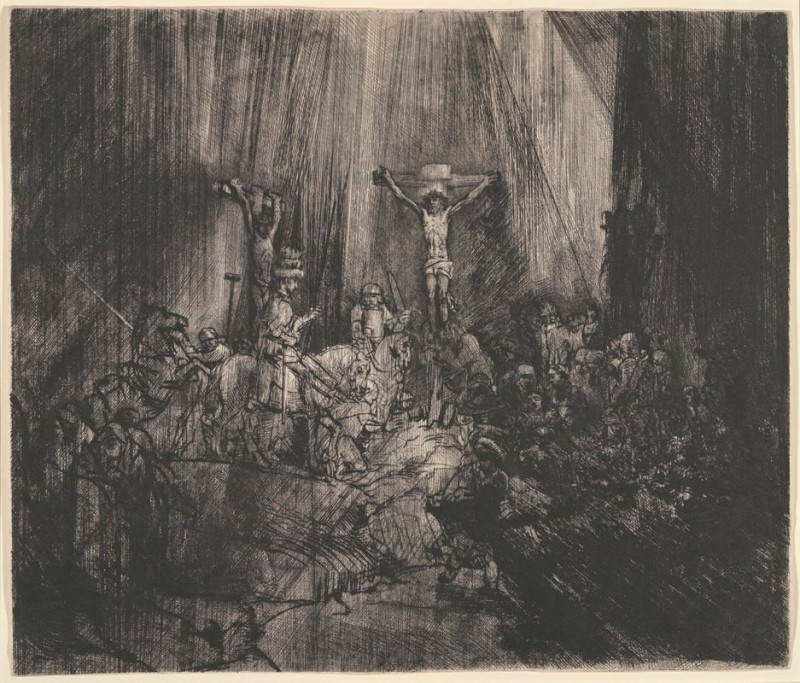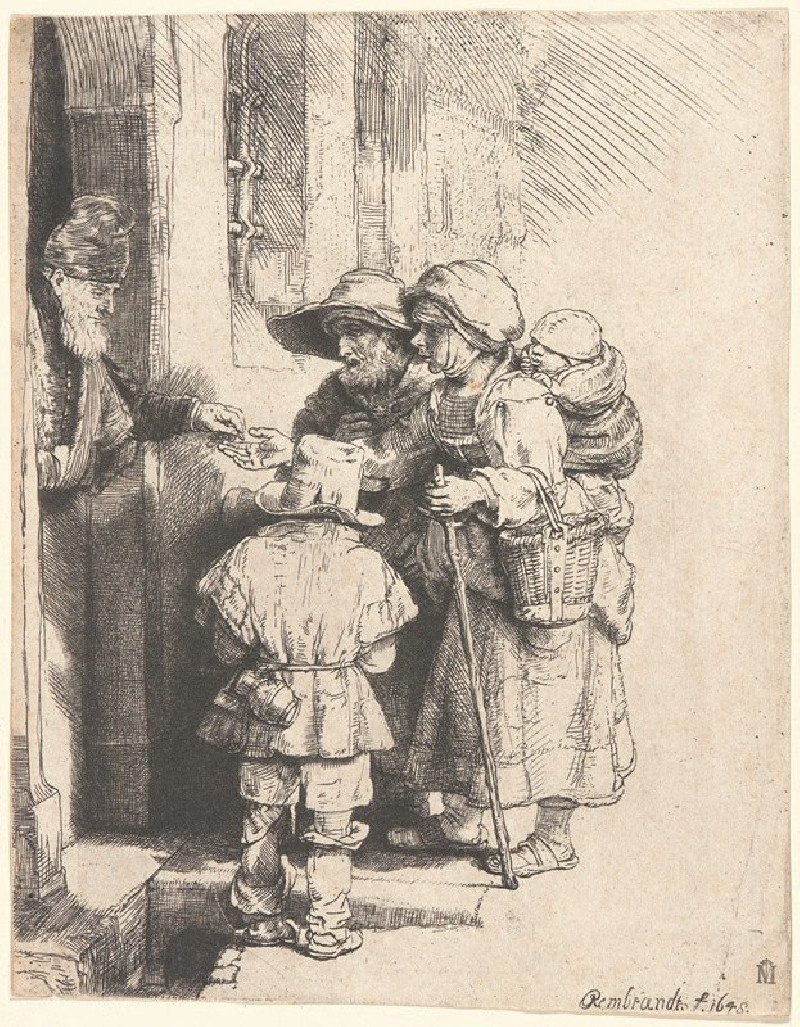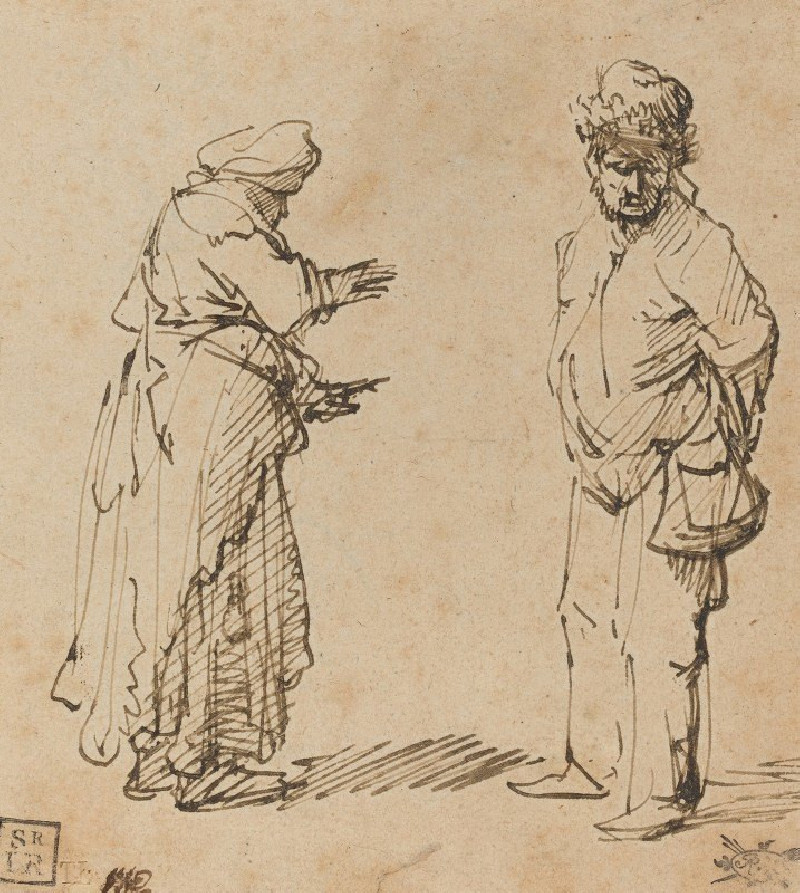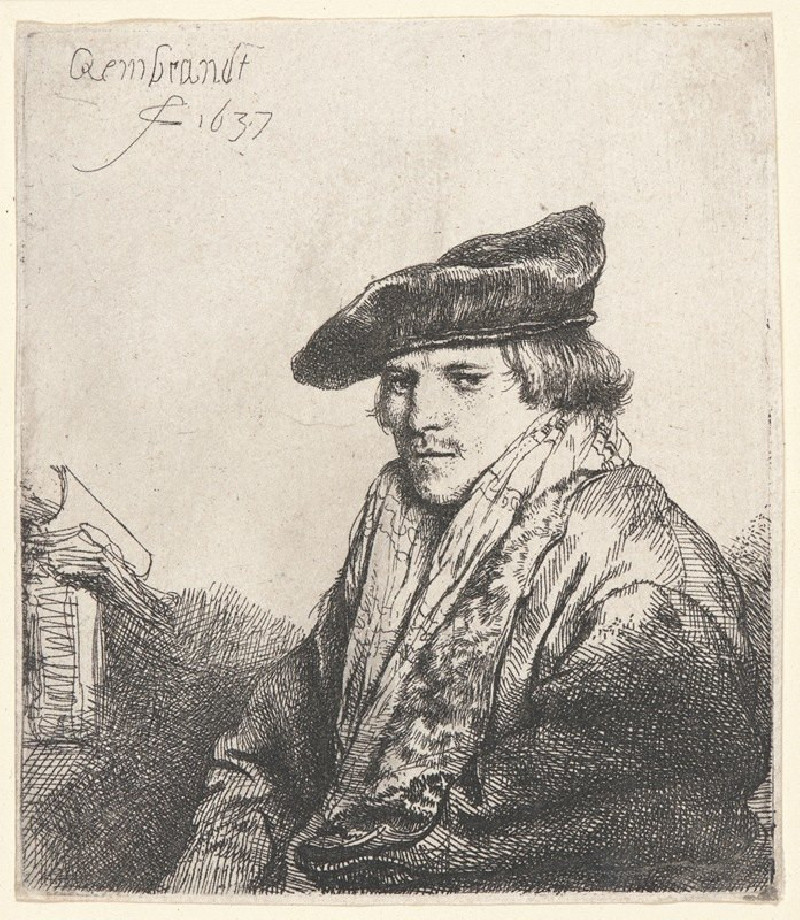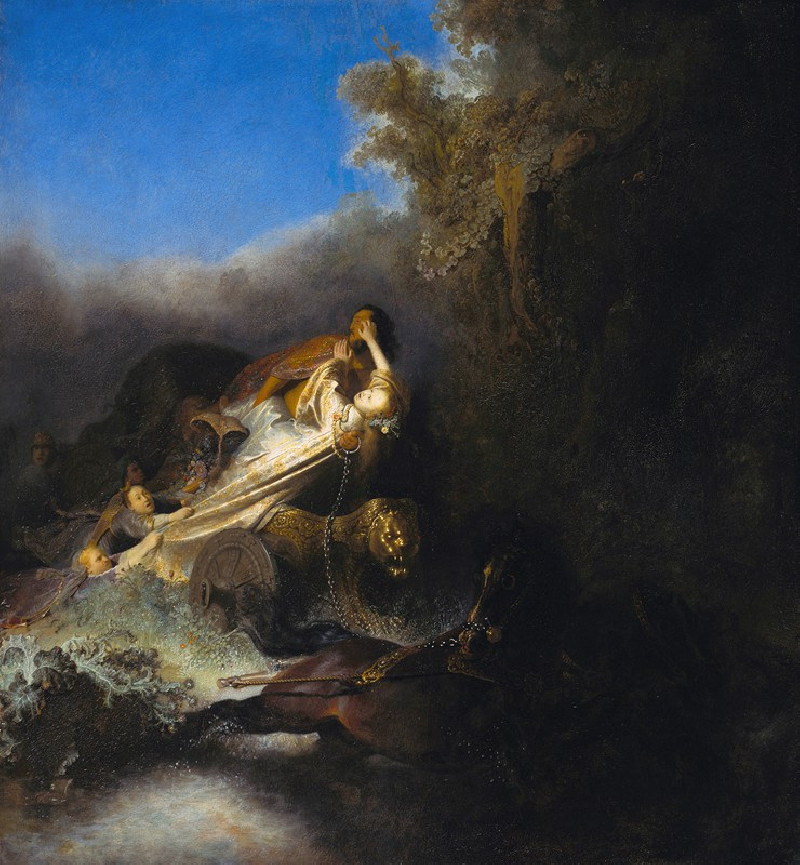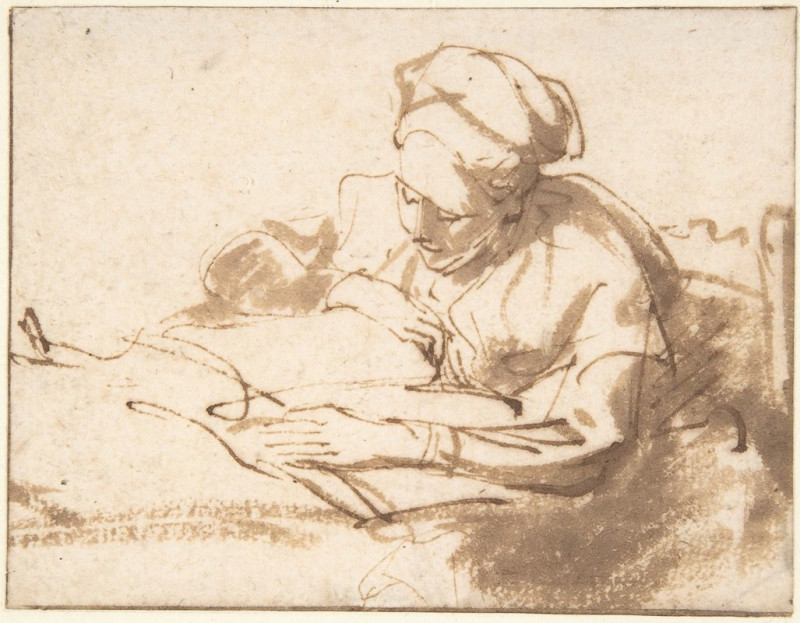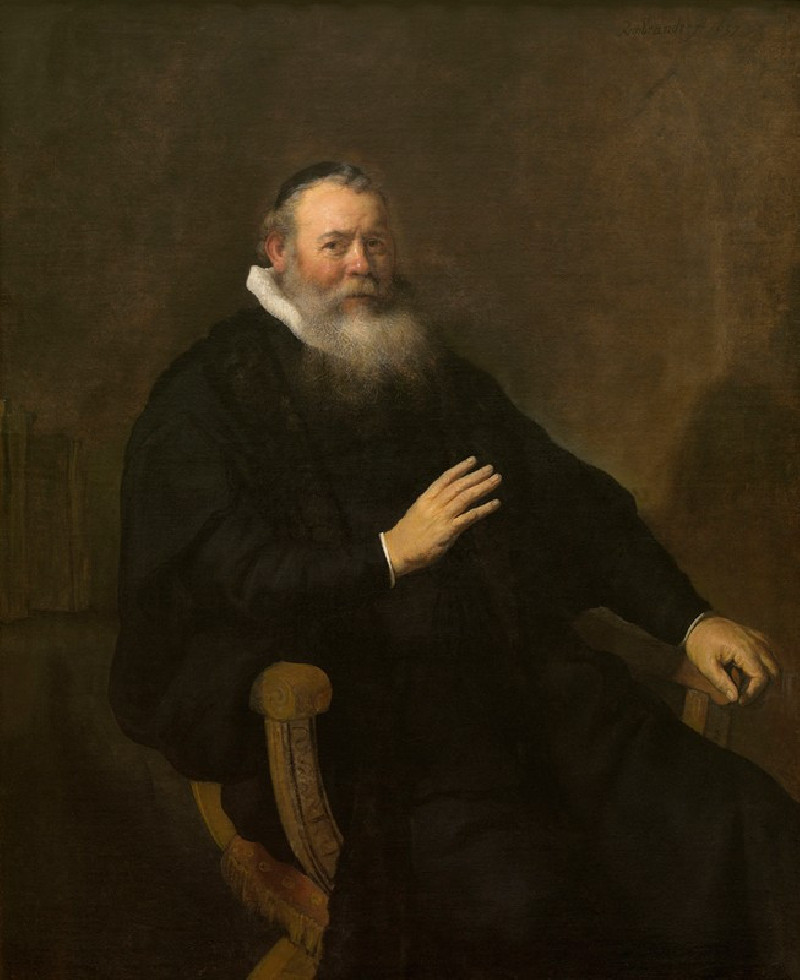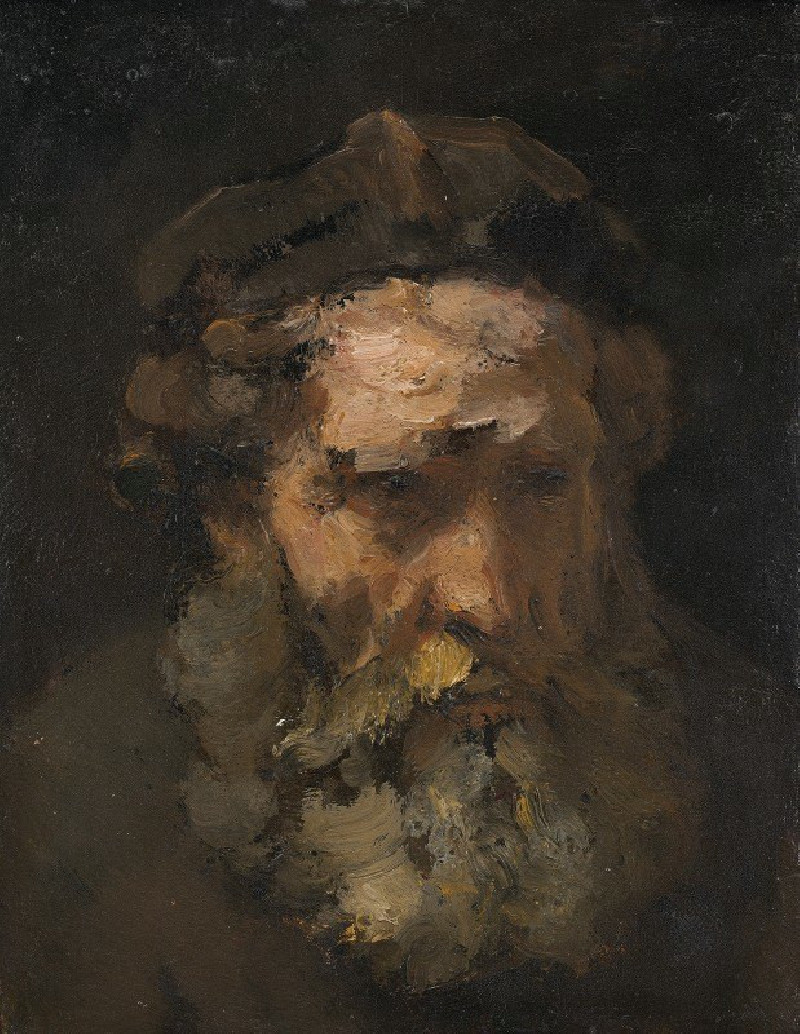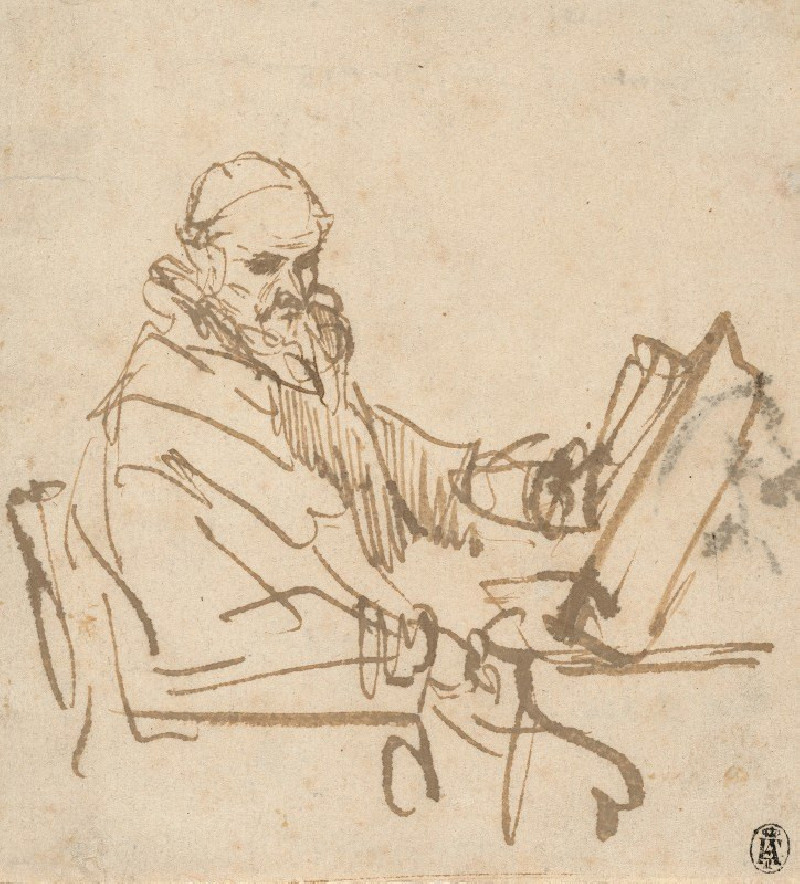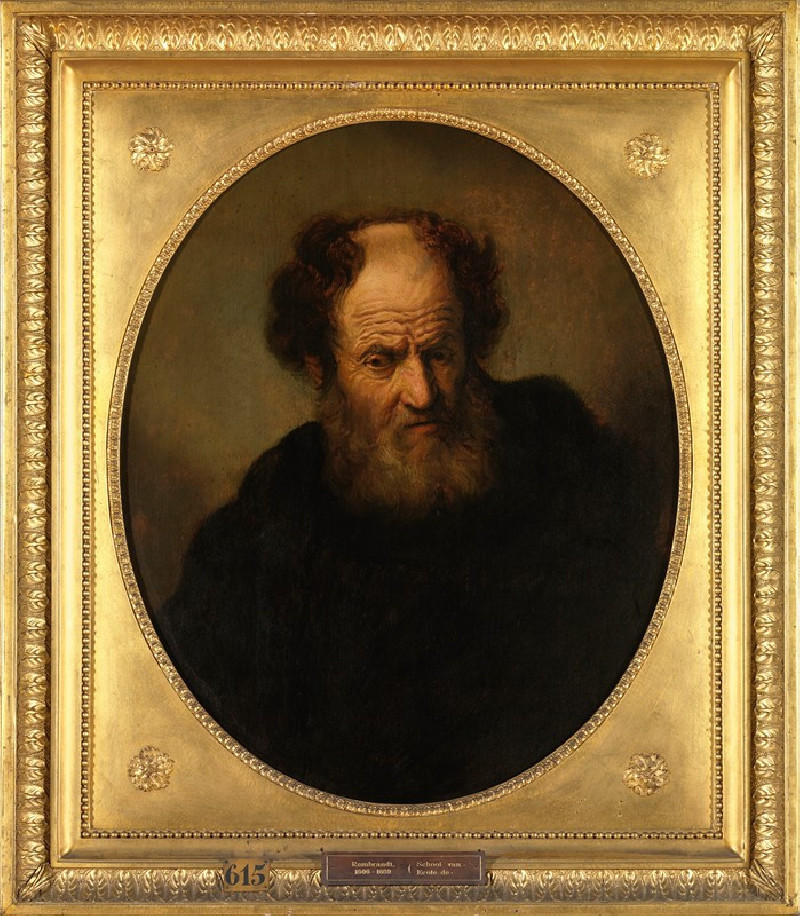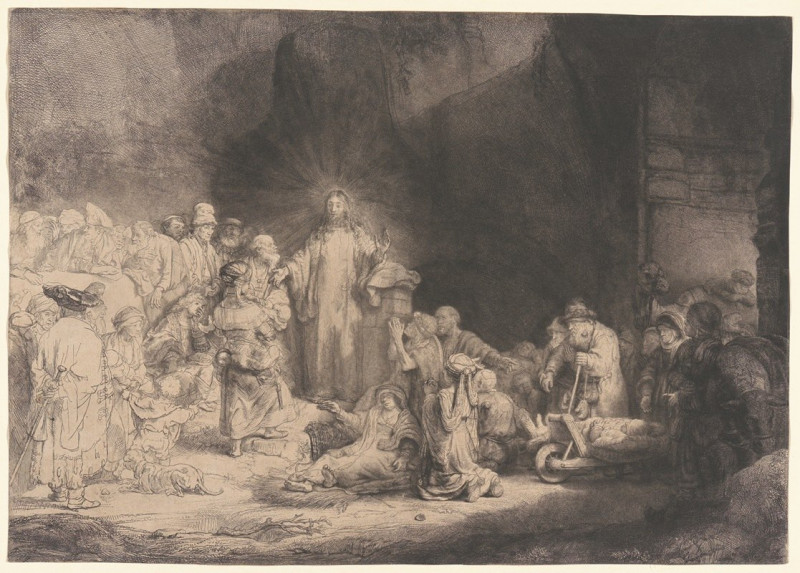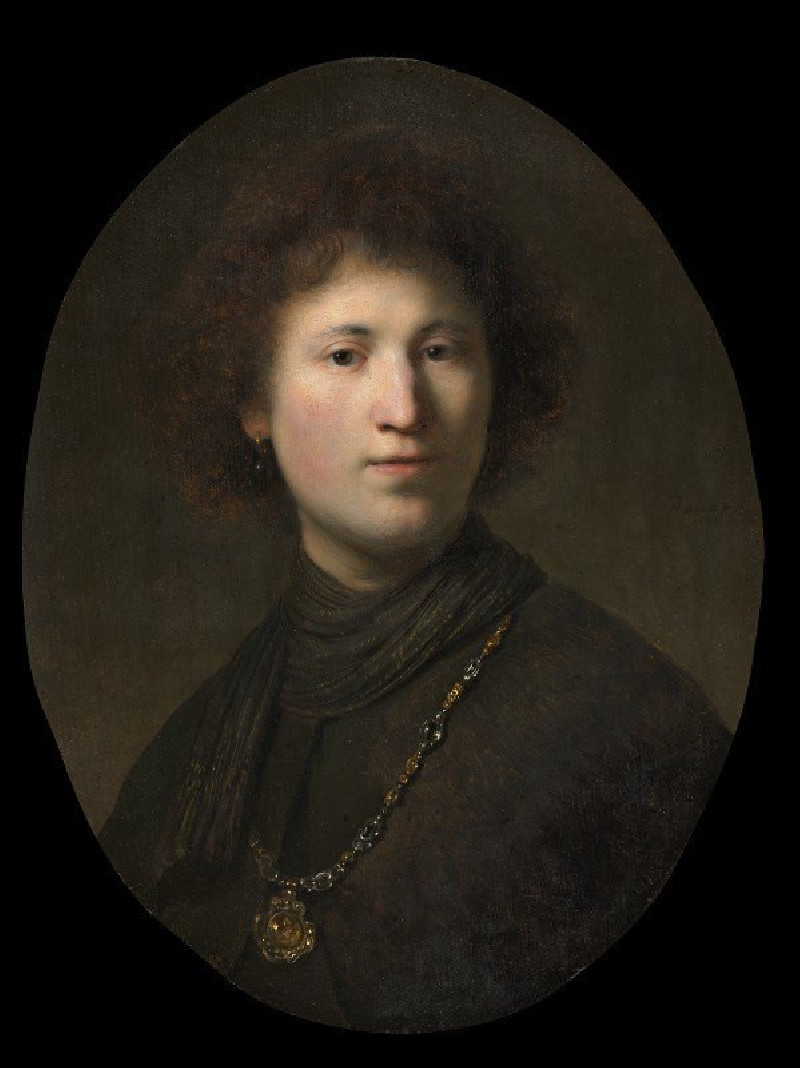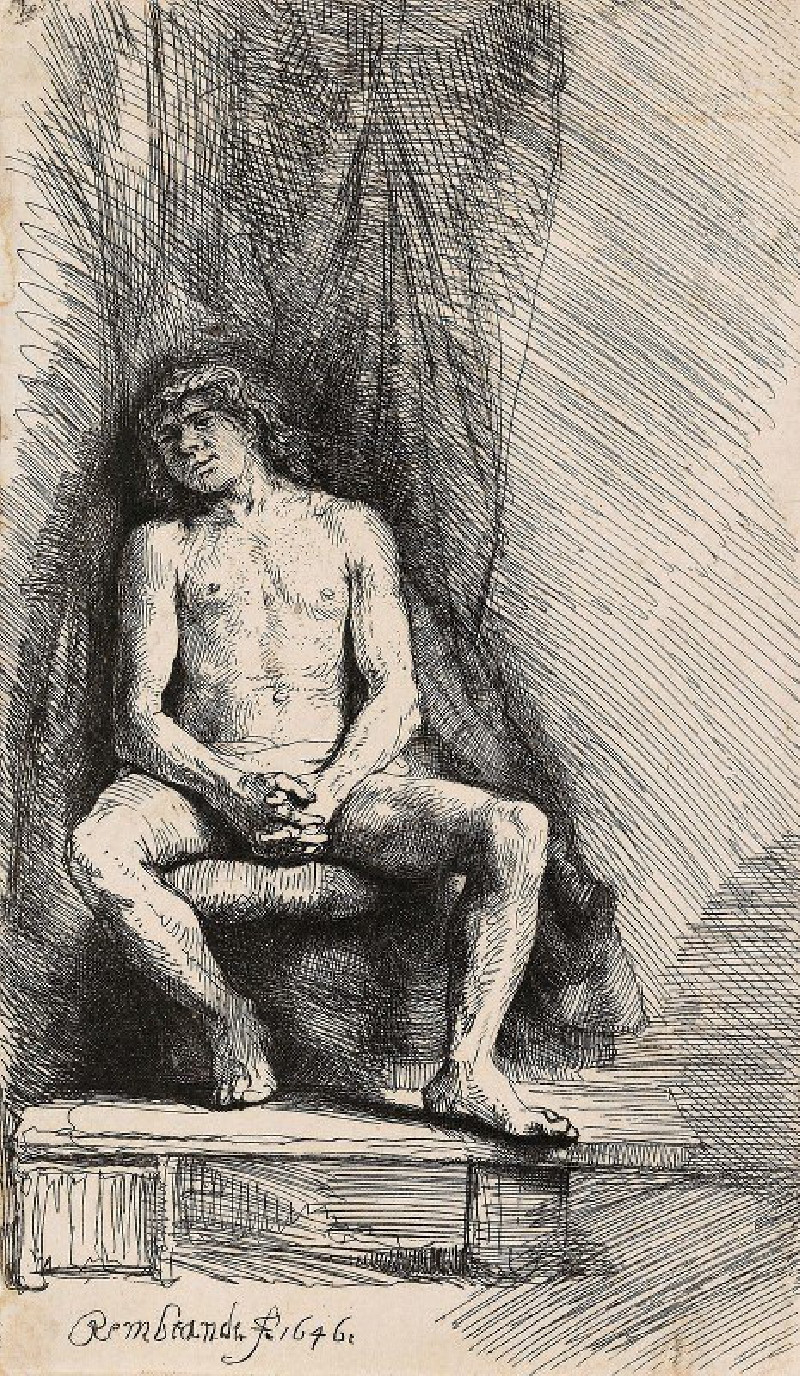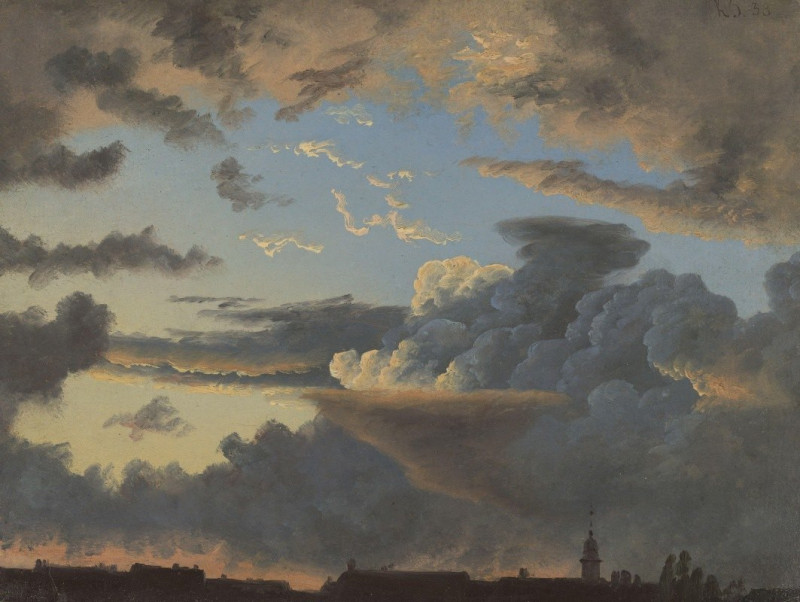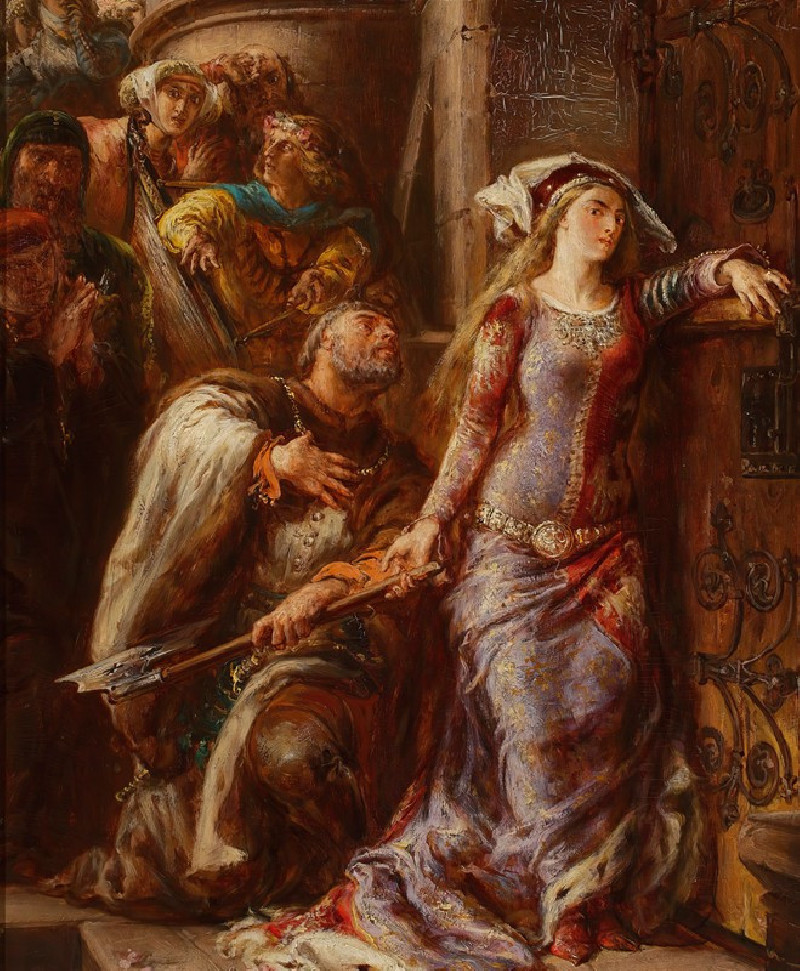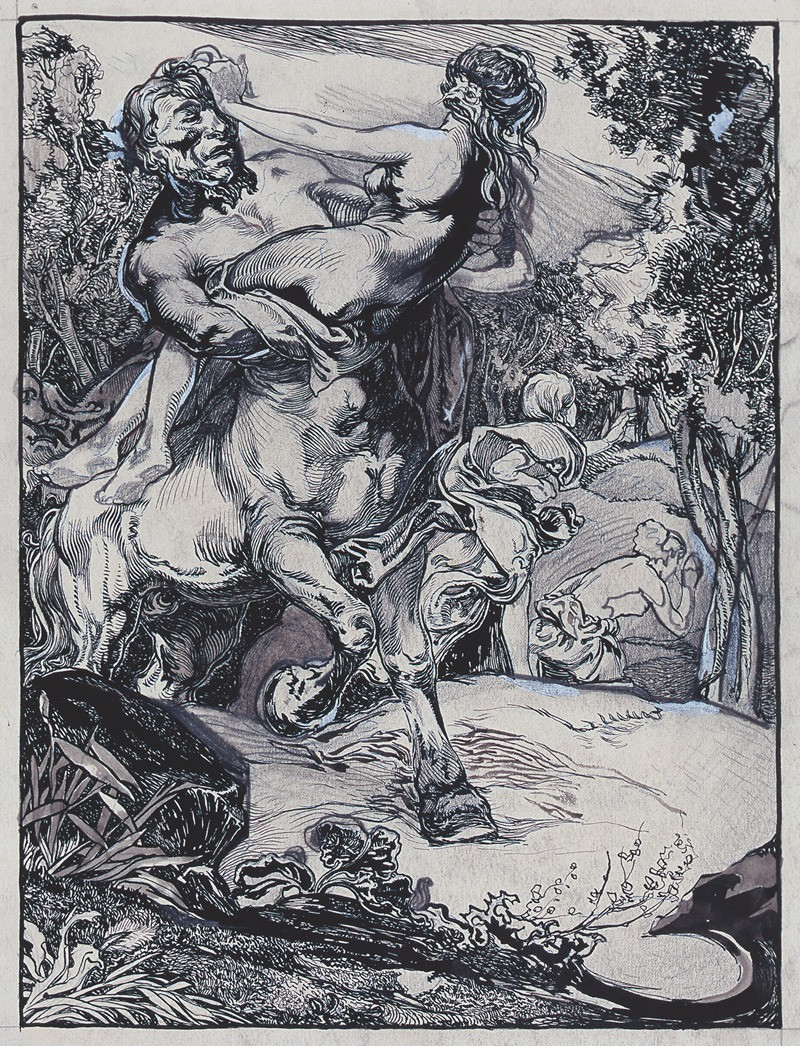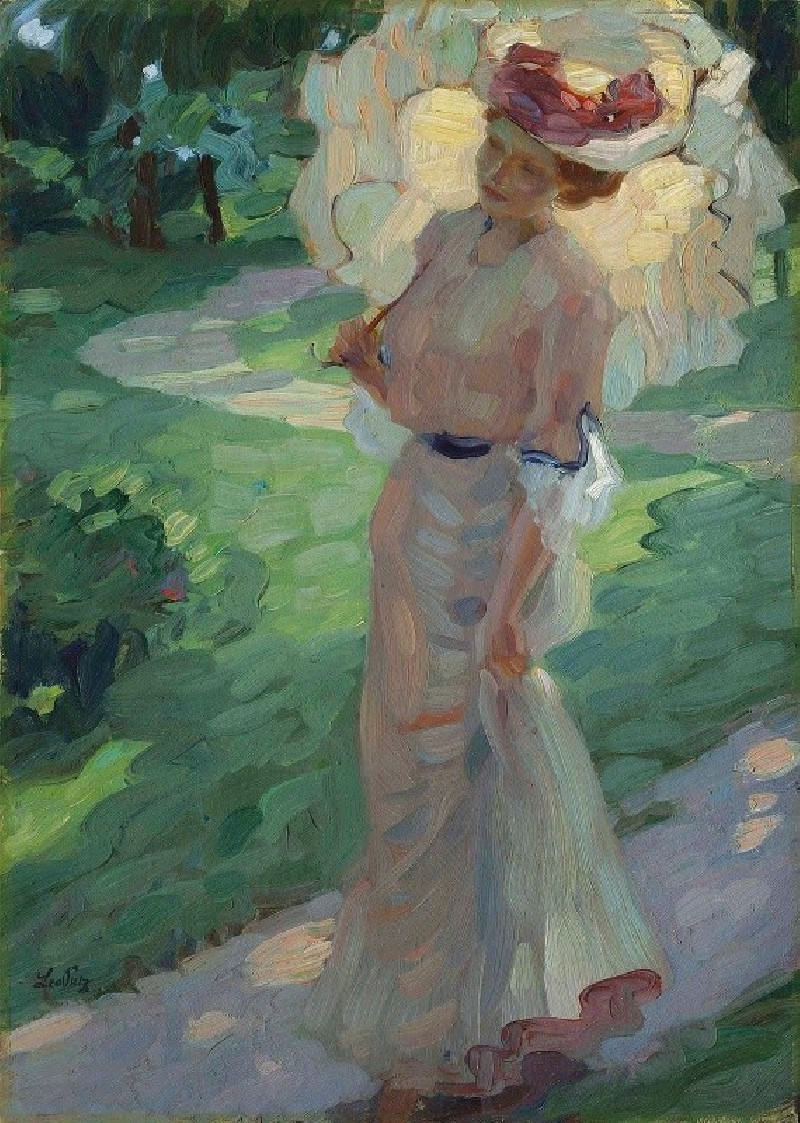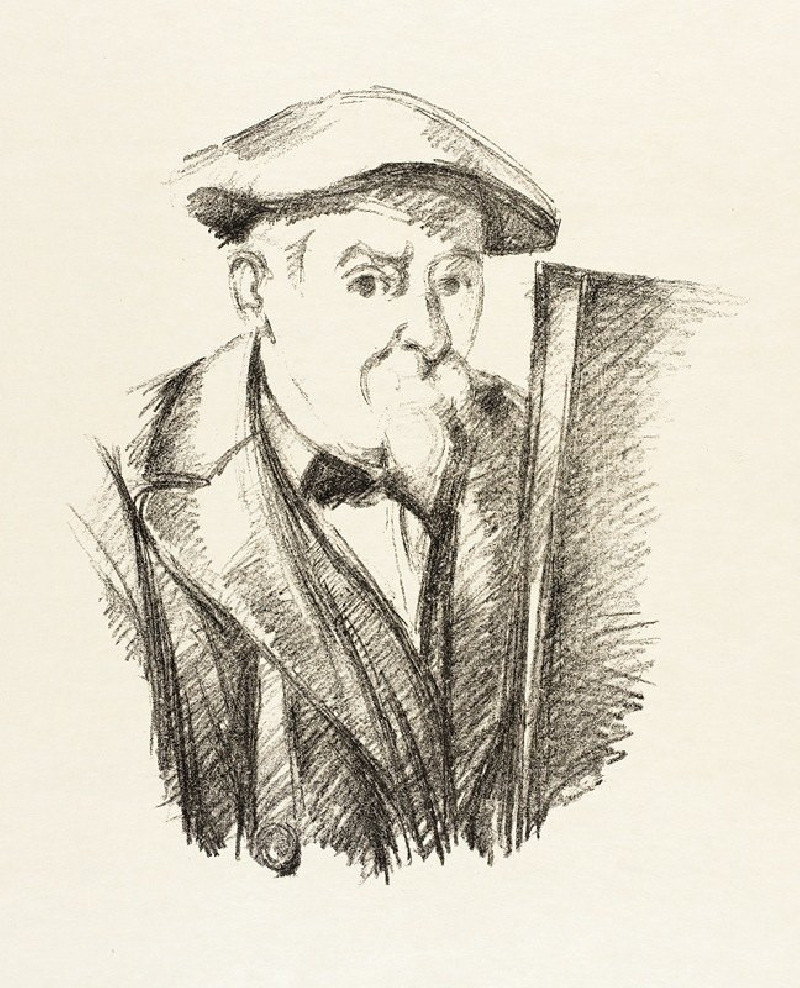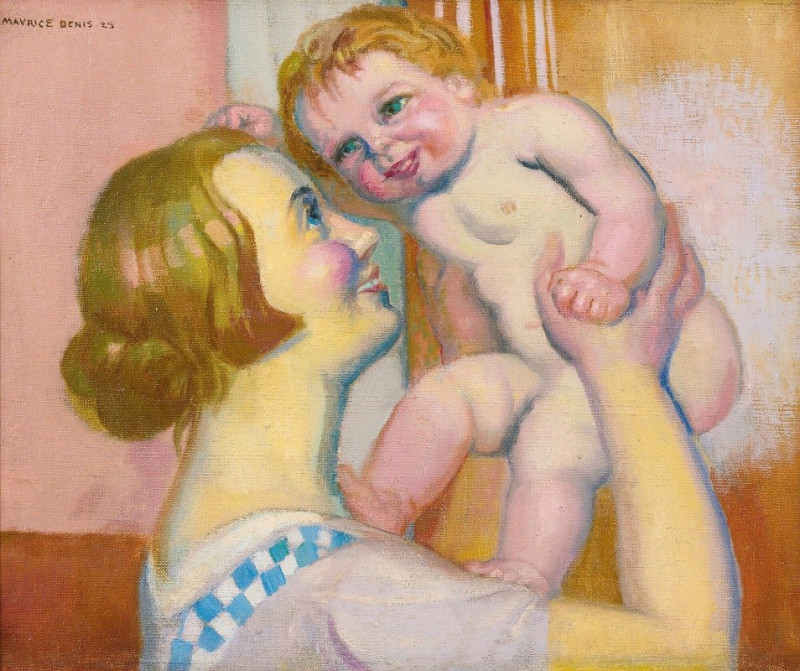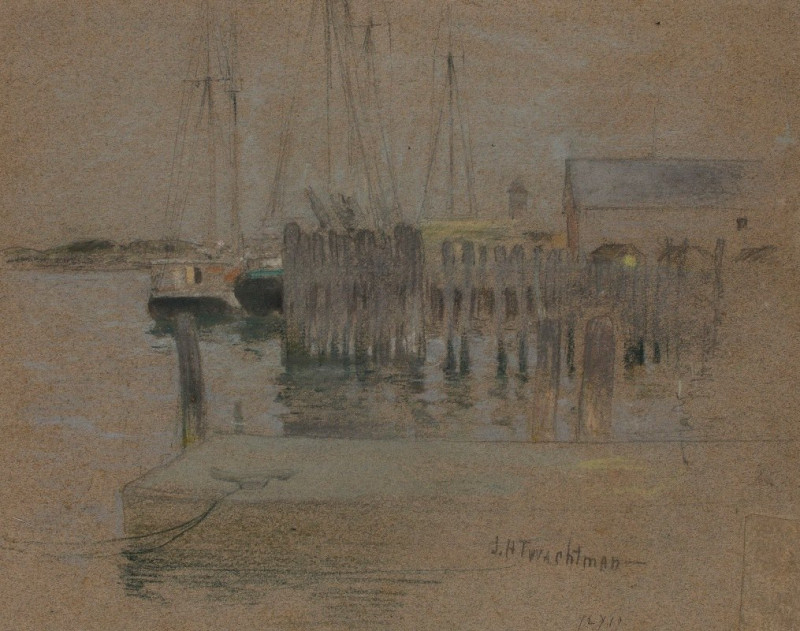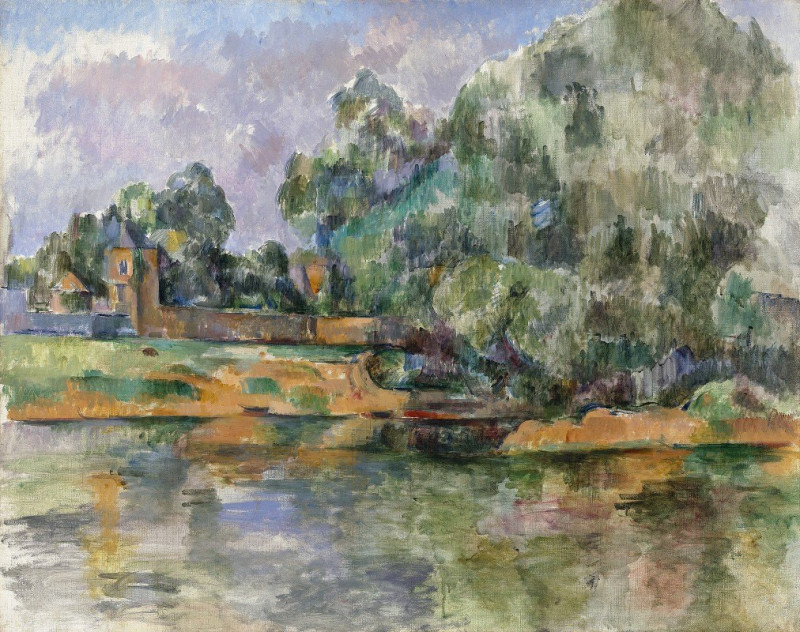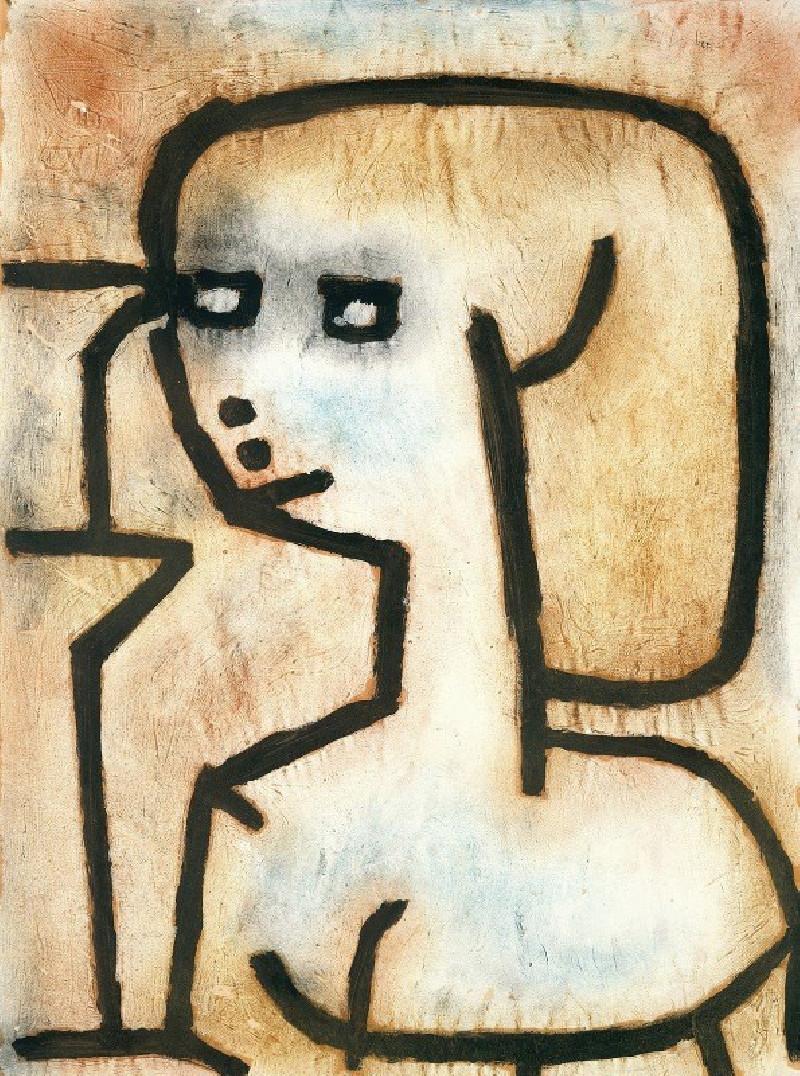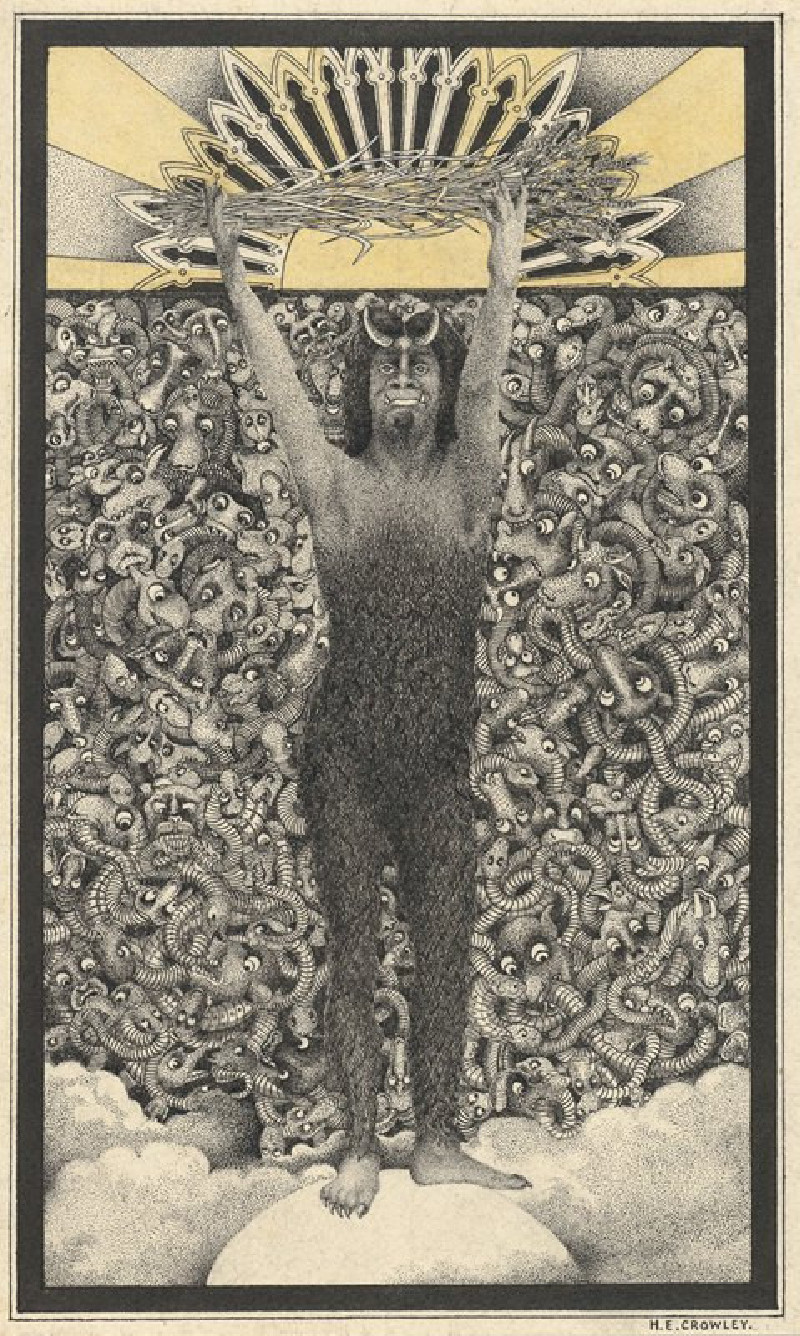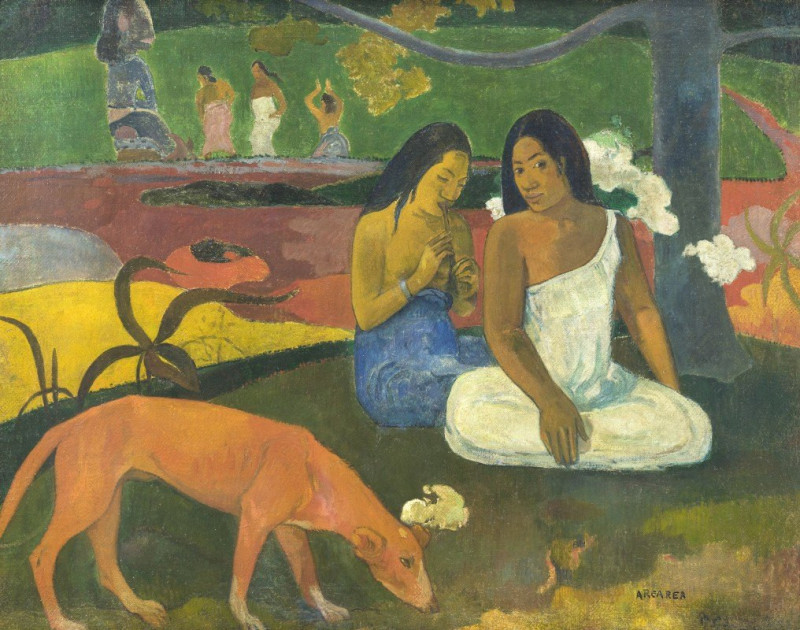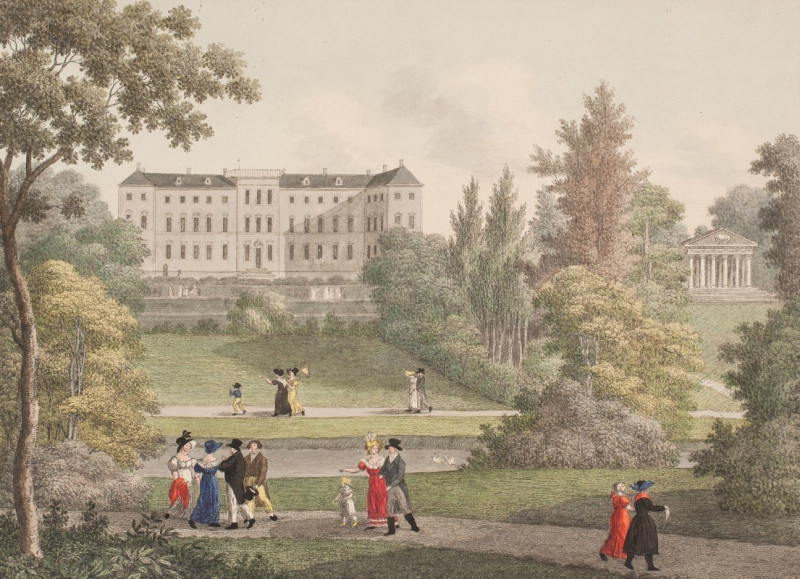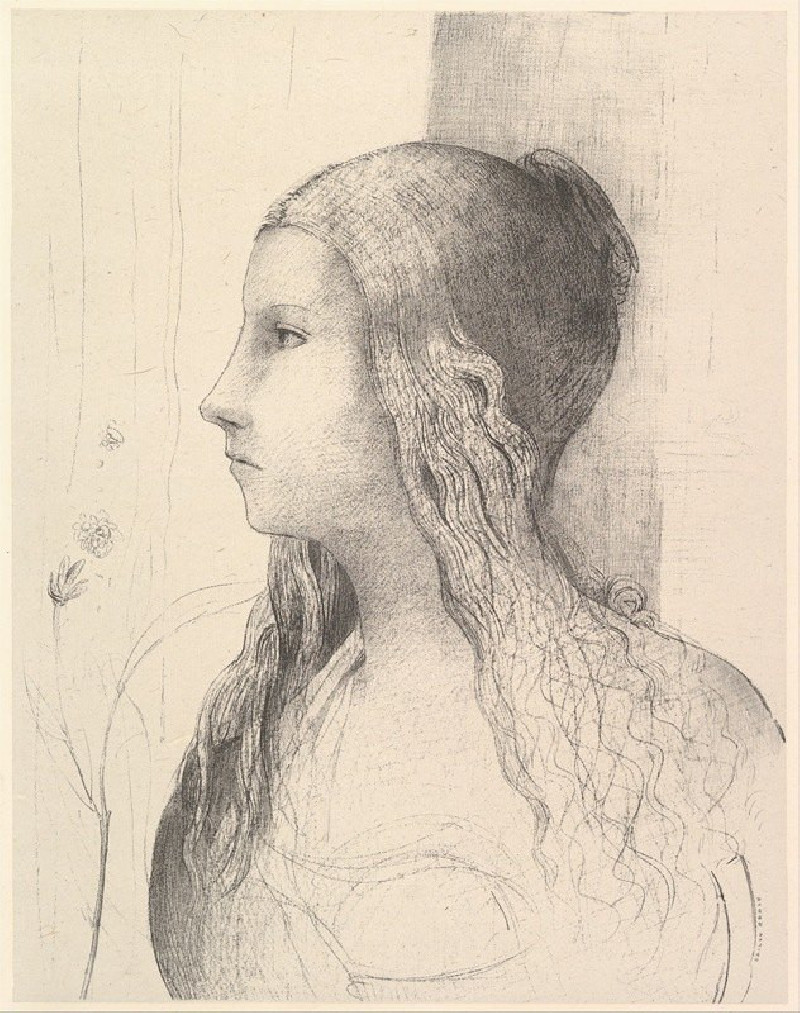Man in Oriental Clothing (1635)
Technique: Giclée quality print
Recommended by our customers
More about this artwork
"Man in Oriental Clothing" by Rembrandt van Rijn, created in 1635, exemplifies the artist's extraordinary talent for capturing the rich textures and complex expressions of his subjects. This painting portrays an elderly man adorned in lavish Oriental attire, depicted with great detail and depth.The subject's eyes are particularly striking, reflecting a contemplative or introspective mood, which draws the viewer directly into a silent dialogue with the figure. The man wears a large, elaborate turban that is both a symbol of exoticism in 17th-century Europe and a testament to Rembrandt's fascination with clothing and props from distant lands. The turban, embellished with a golden clasp, elegantly twists in soft, voluminous folds, demonstrating Rembrandt's skill in rendering various textures and the play of light on different surfaces.His attire, richly adorned with what appears to be fur and gold, signifies opulence, yet there is a gentle humility in his expression that suggests wisdom and perhaps the fatigue of old age. The use of chiaroscuro, a technique that Rembrandt mastered, dramatically highlights his face and the intricate details of his attire from the shadowy background, focusing the viewer's attention on the man's visage and the luxurious fabrics."Man in Oriental Clothing" is not just a portrait but a narrative piece that invites viewers to ponder the life and thoughts of the man depicted.
Delivery
Returns
Rembrandt Harmenszoon van Rijn was a Dutch draughtsman, painter, and printmaker. An innovative and prolific master in three media, he is generally considered one of the greatest visual artists in the history of art and the most important in Dutch art history. Unlike most Dutch masters of the 17th century, Rembrandt's works depict a wide range of style and subject matter, from portraits and self-portraits to landscapes, genre scenes, allegorical and historical scenes, and biblical and mythological themes as well as animal studies.

